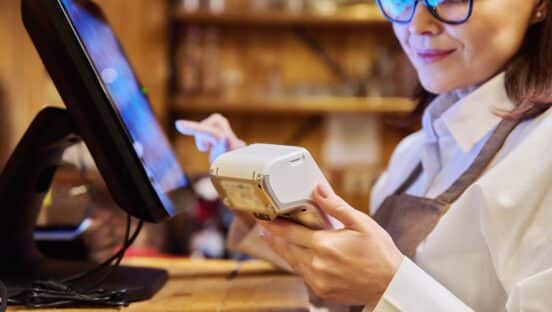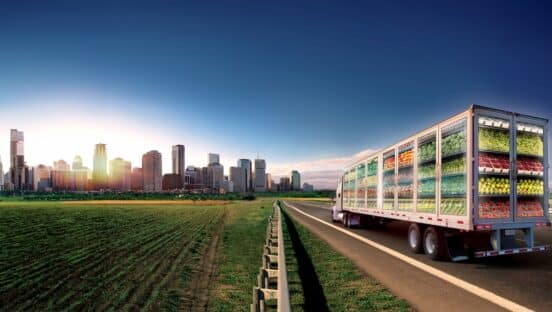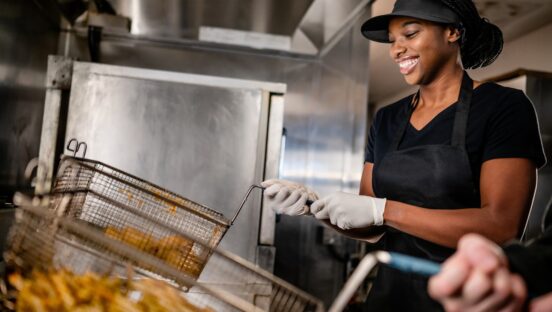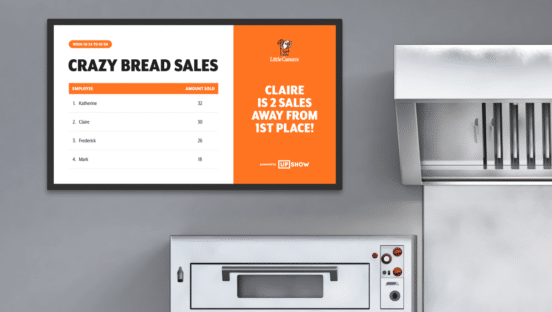Data is crucial to ensuring a restaurant business is successful, but one of the biggest problems with running a large-scale multi-brand franchise operation is keeping up with various data systems. Often, franchisees run different POS and reporting systems for each brand, but it’s also very difficult to compile that data.
“If a franchise operation is running 200 locations with three different brands and three different POS systems, leaders can’t compare how each brand is doing without using different subsystems, which is very inefficient,” says Raoul Ricard, vice president of business development and strategy at Agilence. “They also cannot look at the consistency of key data elements, like average check size or labor hours, for the entire business in one system.”
Because this data is so segmented, it often requires a large IT project to bring it all together in one system, but even that is difficult to do on a transactional level. “Unless they develop some IT resources—which are always scarce at any business, but more so in the quick-service industry—these leaders tend to look at the data in a very fragmented way when making their business decisions,” Ricard says. “The only place it gets rolled up is in a consolidated financial system or profit and loss report, but those reports only show this information after the fact. That’s not data they need to act on today.”
Instead, franchise operators are now looking to technology providers, like Agilence, to not only make it simpler to compare data between brands, stores, and individual transactions, but also to make sure departments are able to work together cohesively. The company’s system aggregates data from various sources so that operators can view that information in one place.
“We’re experts in bringing in data from all different sources, so we take the detailed transactional files from companies and normalize those into one data set so that operators can look at sales and other types of data separately for each franchise chain that they are running or together if they want to look at it in one contiguous space,” Ricard says. “From that view, they can drill down into different departments or into details, such as the number of voids.”
Not only does this allow leaders to compare Coca-Cola sales across their portfolio of brands, for example, but it also keeps data from being siloed between brands and departments. In many systems food and beverage, loss prevention, human resources, and other teams have traditionally gathered different types of data from diverse sources. When this data is compiled, businesses gain the advantage of having this data analyzed with the expertise of several departments.
For example, if a brand or restaurant has a high number of voids, the food and beverage operations team may think that a menu is too confusing. The management team might see the same voids and want to improve training. Loss prevention may look at that number and want to investigate for fraud. With experts from each department looking at the data, an organization can find quicker solutions to take a holistic approach to problem solving.
In many cases, Agilence’s system has helped brands improve sales and operations by allowing district managers to compare stores while simultaneously allowing store-level managers to target the performance of specific cashiers.
“We allow our customers to build their own business measures and metrics,” Ricard says. “In the quick-service environment you’re always trying to upsell or add to that ticket. By being able to compare other divisions and stores, you can build a whole program where you can quantify and measure right down to the cashier taking the order.”
For example, he says a chain may achieve a 15 percent average for upselling, and some stores might average 6 percent while others average 25 percent. This system allows district managers to send automated alerts to underperforming stores to let them know that they aren’t performing as well as other stores on upselling and recommend specific training for employees.
Many businesses that have installed Agilence’s system to solve a specific problem have found other applications. Ricard says that one company operating 2,000 locations bought the technology for loss prevention, but the same company’s human resources team now uses it to analyze employee meals and beverages, not for theft, but to determine how these benefits are impacting employee morale so that the brand can be more competitive as an employer.
“The key to the success of our system is that each operator can build his or her own expectations for that data and determine what should be addressed to impact top line sales effectiveness for promotions, profitability, or other operations,” Ricard says. “Now, franchise operators can bring it all together and make a plan of attack to drive positive results.”













